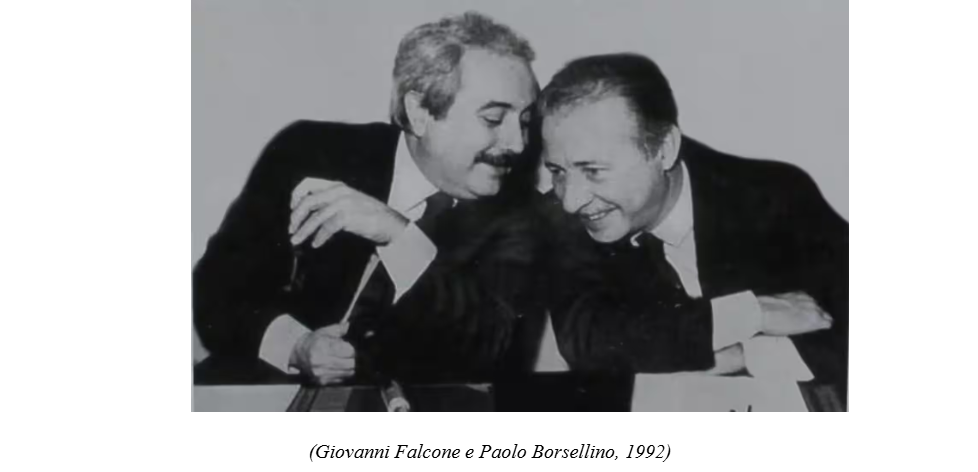Avoid copyright infringements with proper image management.
Calculate the quote
The Italian Supreme Court, with order no. 33599 of December 20, 2024, reignited the debate on copyright protection in the field of photography. The case concerned the unauthorized use of a historical photograph by RAI, with the author claiming protection as a work of authorship. The Court reaffirmed the strict approach regarding the level of creativity required for copyright protection, distinguishing between “photographic works” and “simple photographs.”

Under Italian law, a photograph may be protected by copyright in two distinct ways:
This distinction is key in determining the applicable level of legal protection.
According to article 2, no. 7 of Italian Copyright Act (No. 633 of April 22, 1941), a photograph qualifies as a work of authorship and enjoys copyright protection if it possesses creative character or artistic value. In such cases, protection lasts for the lifetime of the author and for 70 years after their death.
Originally, Italian law did not explicitly recognize photographs among the works protected by copyright. Only with Royal Decree-Law No. 929 of September 21, 1940 (Italy), was specific protection introduced—initially limited to 50 years from the date of creation. With the alignment to international regulations, the protection of photographic works was later equated to that of other works of authorship.
Article 87 of the same Act introduces the category of “simple photographs,” i.e., images that lack creative character. These are granted more limited protection: copyright lasts for 20 years from the date the photograph was taken. Once this term expires, the image may be freely reproduced without the author’s consent.
Article 90 of Act no. 633/1941 establishes that, in order to be protected, photographs must indicate:
If this information is missing, the photograph is presumed to be in the public domain—unless proven otherwise (see also: “Copyright and online images: rules, safeguards, and how to avoid mistakes”).
In order no. 33599 of December 20, 2024, the Italian Supreme Court clarified that “the dividing line between protected works and simple photographs lies in the author’s creative capacity, namely their personal imprint, the choice and study of the subject to be portrayed, as well as the execution and editing of the shot, capable of evoking impressions that transcend the ordinary appearance of the represented reality. Simple photographs, by contrast, require no creative contribution from the photographer. These are merely photographs—even of the highest technical quality—that faithfully reproduce external reality, without any personal or substantial reinterpretation by the author.”.
The case examined by the Italian Supreme Court involved a photograph taken in 1992 depicting two judges who became symbols of the fight against the mafia. The author of the image brought legal action against RAI, accusing the broadcaster of using the image without authorization. The photographer claimed that the image should be protected by copyright as an expression of their creativity.
The Rome Trial Court rejected the claim, ruling that the photograph was a simple image lacking creative character and therefore not eligible for copyright protection. The Court of Appeal upheld this judgment, emphasizing that the importance of the subjects portrayed does not automatically imply artistic creativity.
The photographer appealed the decision, arguing that the lower courts had misapplied the concept of creativity. They claimed that, under the Italian Copyright Act (Act no. 633/1941), a photograph may be protected even without high artistic value, provided it shows a minimum degree of creativity.
However, the Italian Supreme Court dismissed the appeal as inadmissible.
In this ruling, the judges reiterated that a photograph may be considered a work of authorship only if it bears a clear creative imprint by the photographer. This means that the author must have made personal and original choices both during the conceptual stage (e.g., subject selection, framing, lighting) and during the execution (e.g., timing of the shot, post-production, editing).
In this particular case, the Court upheld the decision of the Court of Appeal, noting that the photograph in question did not contain elements of originality sufficient to distinguish it from similar images. In other words, the image did not convey a particularly creative vision by the author, but rather served as a faithful documentation of an event. Therefore, it could not be classified as a photographic work protected under the Copyright Act.
The Italian Supreme Court also specified that “the creative contribution must result from a specific activity by the photographer aimed at enhancing the effects achievable with the equipment (e.g., framing, perspective, careful management of light in a distinctive manner), or from the choice of subject (e.g., influencing posture and expression or even creating the subject itself), provided that the artistic dimension prevails over the merely technical aspect. The artist’s creativity may emerge at various stages of photographic production: lens selection, light setup, subject or photographer positioning, image composition, moment of shooting, post-production, tone selection, printing, etc.”
One of the key aspects of this decision concerns the very definition of creativity in the photographic domain. An image need not possess absolute artistic value, but it must contain a personal contribution that makes it recognizable as the intellectual creation of its author.
Copyright arises upon the creation of the work, without the need for registration, as long as the requirement of creativity is met. Creativity may manifest in the choice of framing, use of light, composition, or editing.
Today, given the ease of access to images online, it is essential to understand these distinctions. Using photographs found on the web must be done in strict compliance with copyright rules to avoid legal issues and damage claims. The concept of fair use, often cited in Common Law systems, does not automatically apply under Italian law—making conscious management of images even more important.
Understanding image copyright rules is essential for those working with visual content, from social media to corporate blogs (see also: “image and photography”).
Thus, creativity remains the key factor in determining whether an image qualifies for full copyright protection. Historical value or iconic status alone are not sufficient to obtain enhanced protection.